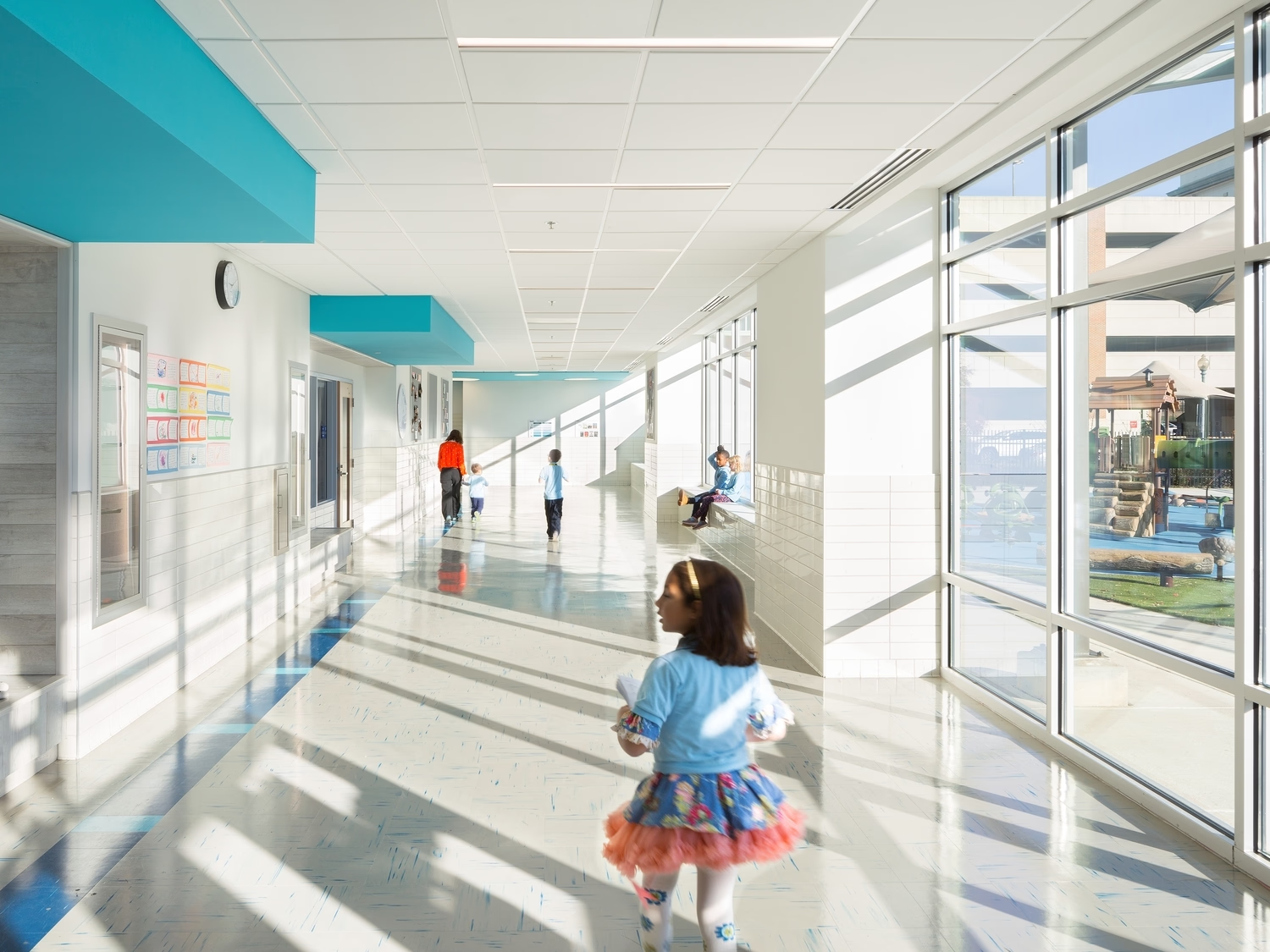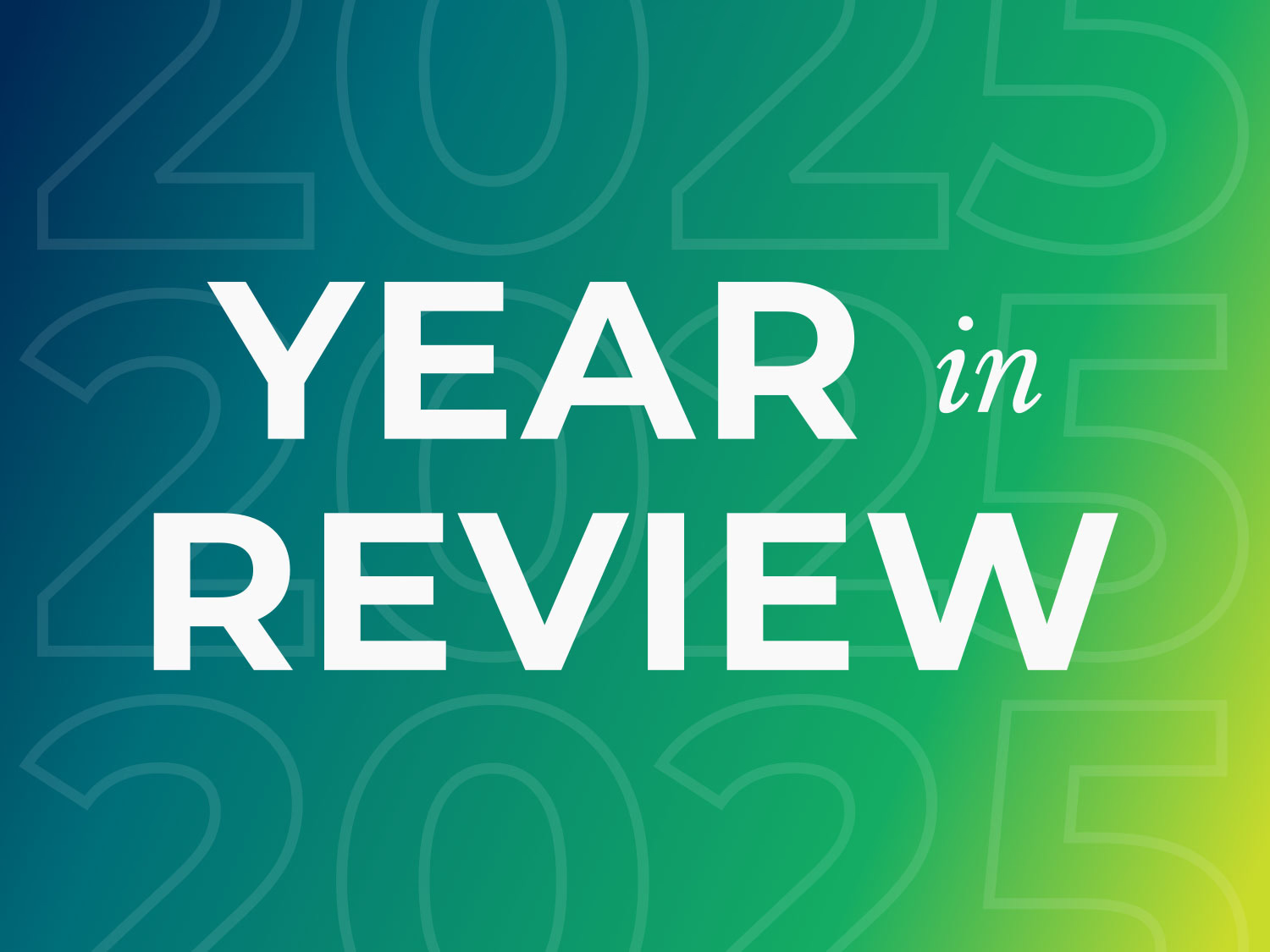The new Acuff Center for Aquaculture began as a vision of the Virginia Institute of Marine Science (VIMS) to advance the science of farming shellfish. The Center supports VIMS’ Aquaculture Genetics and Breeding Technology Center (ABC). The Virginia General Assembly established the Center at VIMS in 1997 to support and promote the role of genetic research and selective breeding in aquaculture development. As one of the leading drivers of economic development in the Chesapeake Bay, shellfish aquaculture research supports both local industry and local ecosystems.


The Acuff Center is a 20,000sf research hatchery located on VIMS’ Gloucester Point Campus adjacent to the York River. Targeting LEED Silver certification, the building includes many sustainable and energy-efficient strategies, including a focus on air quality and green materials, and daylit spaces. Beyond these sustainable strategies, however, the building also functions as a massive water filtration system for the ecology. The building is comprised of a series of laboratory spaces that each support a sequential phase of oyster development. The labs are supplied with water from the York River which is pumped through highly specialized filtration systems and distributed to tanks. As natural filter feeders, the oysters also clean the water as they develop in the tanks. Once the water and oysters cycle through each of the laboratories’ development phases, the filtered water is then returned into the river.


Because the river shore location places sections of the building within the floodplain, resilience is another key focus of the building design. A continuous cast-in-place three feet four inches (3’-4”) high concrete wall runs around the building to protect it from storm events. The only openings that extend to the ground are at the exterior doors. At these locations, flood panels were integrated to make it possible to form a continuous water-tight barrier around the building.

While the building is sustainable, with research seeking to improve the local economy and ecosystem, the results could not be realized without the facility that embodies principles of sustainability and resilience. Construction on the Acuff Center was completed in April 2022 and will soon open for public tours which can be arranged by visiting the VIMS Public Tours page for more information.







